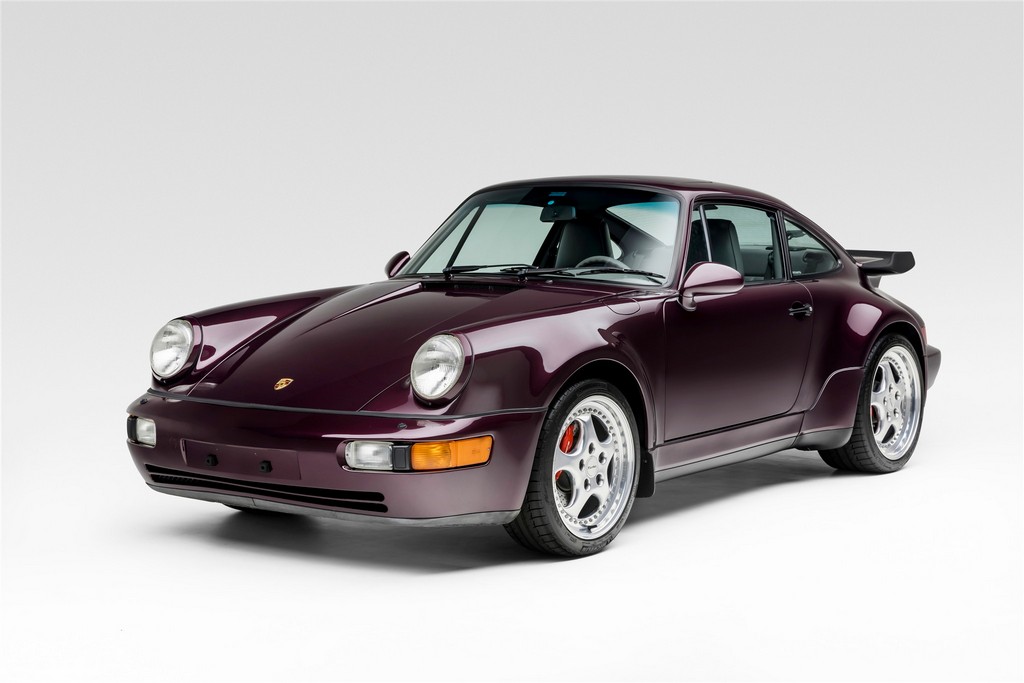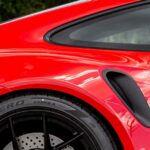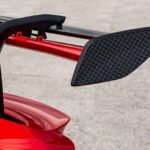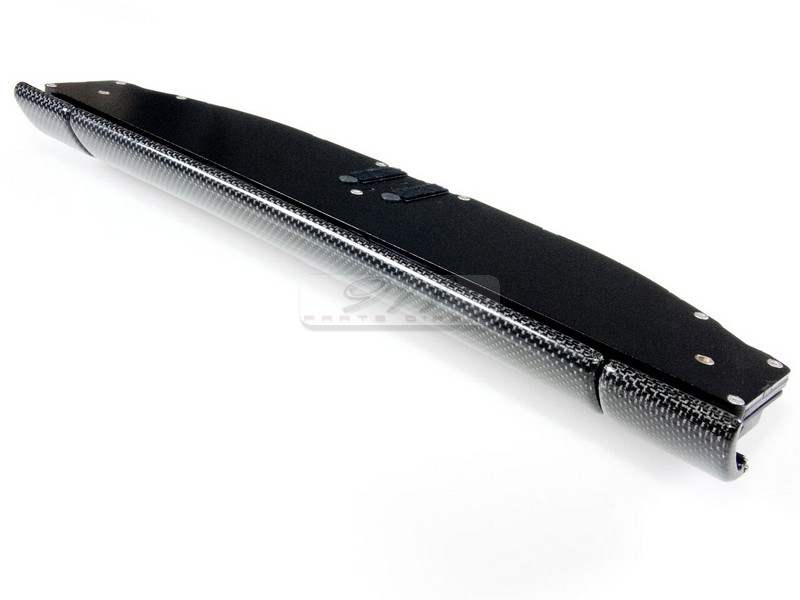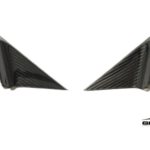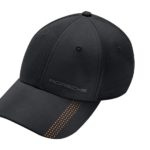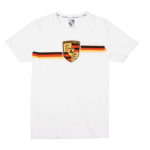This thing is so gorgeous it could make even the owner of a brand-new GT3 RS turn green with envy.
There are many analogies we could use here, but let’s just say the flagship 911 nameplate is to Porsche what Thor’s hammer is to the god of thunder himself. Penned by Ferdinand Porsche’s grandson and namesake Ferdinand Alexander Porsche (or “Butzi”), the 911 made its first public appearance at the Frankfurt Motor Show of 1963.
It would’ve been called the 901 if it weren’t for Peugeot and their exclusive rights over car names made of three digits and a zero in the middle. This was only the case in France, but Porsche decided to change the model’s nomenclature altogether instead of simply renaming it for that particular market. The 911 was to replace the outgoing 356 – the company’s first car – and production commenced in September 1964.
Arriving on U.S. soil just five months later, the P-car’s earliest iteration had a rear-mounted, air-cooled flat-six displacing two liters, with a sensible 130 naturally aspirated ponies on tap. Capacity and power output grew steadily over the coming years, and Porsche went on to introduce the Targa variant come 1967. Initially, the firm wanted a traditional cabrio to accompany the coupe models and thus diversify the lineup.
However, concerns over increasingly stringent safety regulations in the U.S. led to the addition of a stainless-steel roll hoop right behind the seats. This gave birth to the body style we now know as Targa-top – not to be confused with T-top, which employs a central beam running from the windshield back to the roll bar (hence the “T”). An actual convertible was only made available in 1982.
Look, it would be hard for us to mention all the cool 911s released during the model’s production run in a single article, so what we’ll do instead is have a look at a generation viewed less favorably by the public. It comes right before the fabled 993-gen on Porsche’s historical timeline, and those of you who are well-versed in the marque’s convoluted naming system will have already figured we’re talking about the 964.
Taking the spot once occupied by the G-series Carrera 3.2, this incarnation of the 911 debuted for the model-year 1989 with an updated exterior, refined aerodynamics, and 85 percent new parts compared to its predecessor. It was offered as either a coupe, Targa-top, or cabriolet and with both a rear- and all-wheel drive configuration, dubbed Carrera 2 and Carrera 4, respectively.
As a matter of fact, the latter was the very first P-car to feature an AWD setup, which would send 31 percent of the engine’s force to the front wheels and 69 percent to the rear axle in normal driving conditions. A level fifty-fifty ratio would engage when things got slippery, and power was extracted from a 3.6-liter M64 mill good for up to 250 hp.
Arriving on the scene as a 1990 model, the RWD version could be bought with an optional Tiptronic four-speed automatic gearbox – another first for the 911 lineup. A five-speed manual came standard, and both Carreras were available in three body styles – coupe, Targa, and fully-fledged convertible. Things like ABS, power steering, and dual airbags have also appeared on the 964 for the first time.
Then there was the Turbo iteration launched for the model-year 1991. As Porsche hadn’t managed to develop a force-fed adaptation of their 3.6-liter boxer in time, they originally recycled the 3.3-liter from the 930 but with several improvements. It had 316 air-cooled horses on tap, yet that pales in comparison to the ultra-rare Turbo S unleashed a year later, which boasted almost 20 percent more grunt for a total of 376 hp.
The prayers of those who craved a turbocharged 3.6-liter were answered in January 1993 when the 964 Turbo finally ditched the aforementioned 3.3-liter powerhouse. It now offered up to 355 ponies and 384 pound-feet (520 Nm) of torque to play with, and it’s estimated that Porsche built approximately 1,500 units from ‘93 through ‘94.
Right then, let’s talk more specifically about the exemplar showcased in these photos. The German rarity features partial Classic Grey leather upholstery in the cabin, 18-inch Speedline wheels, and an Amethyst Metallic colorway that looks the part. Its original odo is said to have stopped working at some point in the past and was therefore replaced, but it’s stated that around 60k miles (97,000 km) were covered by this 911 Turbo in total.
In a few days’ time, the classic marvel will be changing hands at no reserve, so it could end up in your possession if your pockets are deep enough. The auctioning process is unfolding on Bring a Trailer as we speak, and one would need north of $300k to best the top bidder for the time being. In case that doesn’t sound like an issue, be sure to get in on the action before January 2, which is when the online auction is set to end.















Article Credits: Silvian Secara
Full Articles: https://www.autoevolution.com/news/rare-1994-porsche-911-turbo-36-looks-absolutely-stunning-finished-in-amethyst-metallic-207522.html

